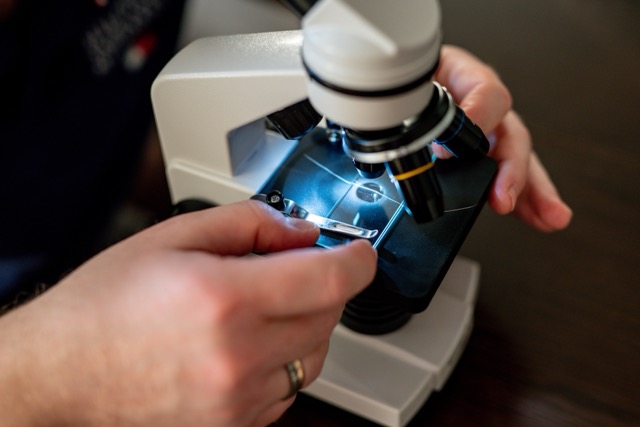This week, we’re diving into the essential elements of designing a well-structured experiment. Ensuring your experiment is both scientifically valid and humane can increase the reliability of your results and reduce the number of animals needed.
Key Elements of a Well-Designed Experiment:
- Ensure Your Experiment is Unbiased:
- Randomly allocate animals to treatment groups using valid methods.
- Apply treatments and measurements randomly to avoid bias.
- Implement blinding so you are unaware of the treatment each animal received until the final analysis.
- Make Sure Your Experiment is Adequately Powered:
- Use an appropriate number of animals, calculated using formal methods like power calculations.
- Control variation between subjects by randomizing and balancing differences such as weight and age.
- Consider the Range of Applicability:
- Include a diverse range of subjects (different sexes, strains, and environments) to make results widely applicable.
- Use factorial experimental designs to study the effects on different groups without doubling the number of animals used.
- Simplify Your Experiment:
- Avoid overly complex designs to minimize errors and complications in statistical analysis.
- Conduct a pilot study to ensure feasibility and refine your experimental design.
- Indicate the Uncertainty in Your Results:
- Generate descriptive statistics (mean, standard deviation, etc.) and indicate the range of uncertainty in your results.
For more detailed guidance, you can refer to resources like the Experimental Design Assistant (EDA), statpages.info, and G*Power software.
Keywords: animal free initiatives, experimental design







